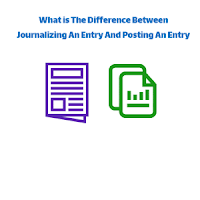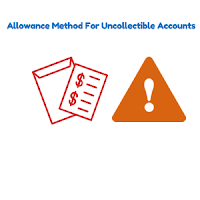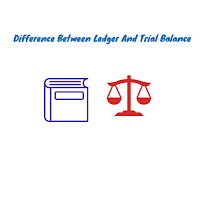Sales Day Book Format And Sales Ledger Format

Previously, we studied about “ Purchase Day Book Format ”, but, here we will study about Sales Day Book Format. What is Sales Day Book or Journal? A book which is used to maintain Business Transactions related to Credit Sales i.e., when the company sold goods to customer ( Accounts Receivable / Debtor ) o n c redit b asis. It does not deal with Cash Sales which is recorded only in Cash Book . When goods are sold, an invoice is issued to both sellers and sellers for their own records. Sales Day Book Format / Sales Jour nal Format Date Particulars / Descriptions L/F Debit Credit Rs. Rs. The Sales Day Journal that records only Credit Sales Transactions includes the following: 1. Date on which Business Transactions take plac






